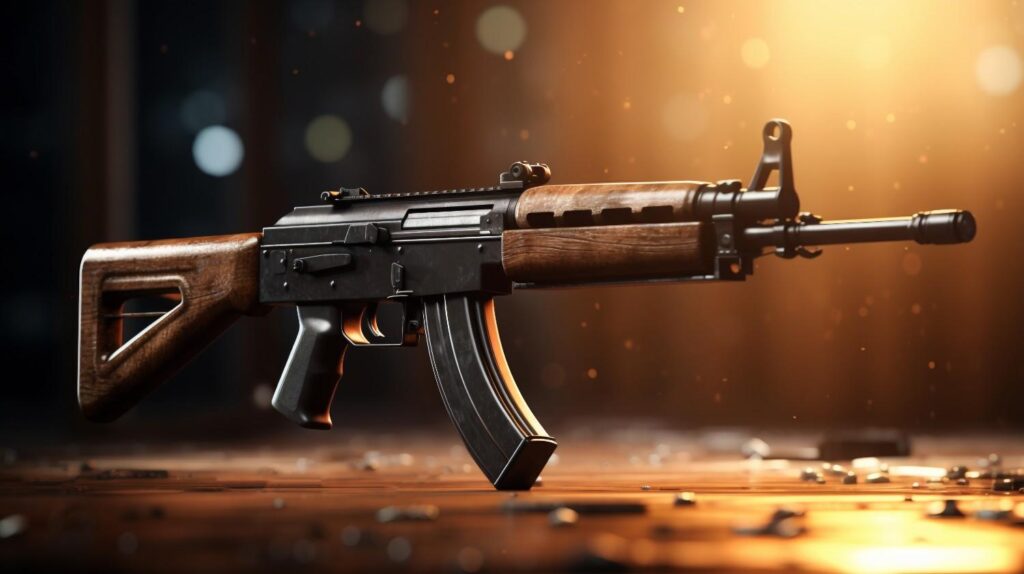Achieving precision in marksmanship is a blend of skill, practice, and having the appropriate equipment. While a skilled shooter can perform well with basic tools, the right gear can significantly enhance consistency, comfort, and overall accuracy. Selecting the proper equipment is a critical step for anyone serious about improving their shooting abilities, whether they are a novice or a seasoned expert.
The market is filled with countless options, making the selection process feel overwhelming. However, by breaking down the gear into essential categories and understanding what to look for in each, you can make informed decisions that support your goals. This guide will walk you through the key pieces of equipment and what to consider when building your marksmanship kit.
The Firearm: The Core of Your Setup
The most fundamental piece of gear is the firearm itself. The right choice depends heavily on your intended discipline, whether it is long-range precision, competitive shooting, or general target practice.

Action, Caliber, and Fit
For precision shooting, bolt-action rifles are often preferred due to their inherent simplicity and accuracy. The caliber you select should match your shooting distance and purpose. Smaller calibers may be ideal for shorter ranges and training, while larger ones are necessary for long-distance engagements.
Beyond the technical specifications, the ergonomic fit of the firearm is crucial. The length of pull, cheek weld, and overall feel should allow you to maintain a comfortable and stable position. An ill-fitting rifle can lead to fatigue and inconsistency, hindering your ability to perform at your best.
Sighting Systems: Your Window to the Target
You cannot hit what you cannot see clearly. A quality sighting system is arguably as important as the firearm itself. Your choice will be between iron sights and optics.

Iron Sights vs. Optics
Iron sights are a great tool for learning the fundamentals of sight alignment and sight picture. They are reliable and require no power source. However, for precision over longer distances, an optical sight, or scope, is essential.
When selecting a scope, consider magnification, reticle type, and turret quality. The magnification level should be appropriate for your typical shooting distances. A first focal plane (FFP) reticle is often favored for long-range shooting, as its subtensions remain accurate at any magnification. Clear glass is paramount; high-quality lenses transmit more light and provide a sharper image, which is vital for identifying targets and making precise shots. Some modern scopes, like certain Riton optics models, offer advanced features that can aid in quick target acquisition and adjustments.
Support Systems: Building a Stable Foundation
A stable shooting platform is non-negotiable for precision. Any movement during the firing process will translate to a missed shot, especially at range.

Bipods and Shooting Bags
A bipod provides a solid two-point rest for the front of the rifle, allowing for fine adjustments in elevation and cant. For rear support, a shooting bag is indispensable. It allows the shooter to make minute elevation changes by simply squeezing or relaxing their grip on the bag, creating an incredibly stable rear rest. The combination of a quality bipod and a rear bag creates a rock-solid platform from which to execute a shot.
Essential Accessories for Consistency
Beyond the main components, several smaller accessories contribute significantly to a successful day at the range.

Hearing and Eye Protection
Safety should always be the top priority. High-quality hearing protection, whether electronic muffs or custom-fit plugs, is essential to prevent permanent hearing damage. Likewise, impact-rated shooting glasses protect your eyes from gas, ejected casings, and other potential hazards.
Data Collection Tools
For those shooting at varying distances, a weather meter and a rangefinder are invaluable. A weather meter provides data on wind speed, temperature, and atmospheric pressure, all of which affect bullet trajectory. A laser rangefinder gives you an exact distance to your target, which is crucial for making accurate elevation adjustments.
Choosing the right gear is a foundational part of becoming a proficient marksman. By carefully selecting a firearm that fits you, a clear and reliable sighting system, and stable support equipment, you create a system that allows your skills to shine. Prioritizing quality and suitability over trends will provide you with a dependable setup that grows with you on your journey to precision.






